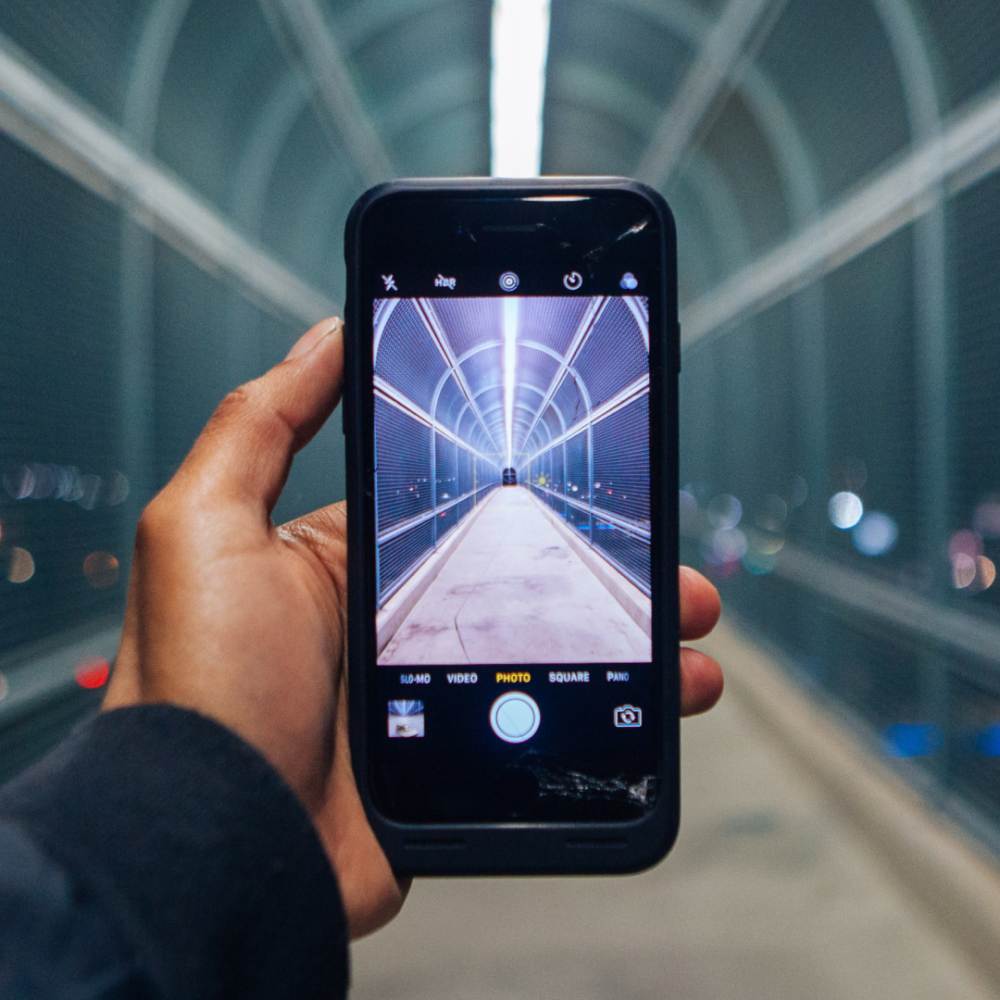Today’s brands are increasingly concerned about responsible and conscious advertising, recognizing the value of showing their ads with digital media content that promotes a safer and more positive online environment for all. And doesn’t get them into trouble by avoiding possible brand safety issues. However, without clear frameworks and standards in place, it’s difficult for brands to understand exactly what they should and should not avoid.
The Global Alliance for Responsible Media set out to change this, initially forming in 2019 to create a forum for brands, advertisers and tech companies to partner to combat safety issues and craft safety standards that can be easily adopted.
What Is GARM and How Did It Start?
GARM stands for Global Alliance for Responsible Media, a cross-industry initiative formed by the World Federation of Advertisers. GARMtackles the challenges of harmful content on various digital media platforms and its monetization through advertisements.
These standards aim to unite media companies, platforms, marketers, agencies, and industry organizations in creating a safer digital media ecosystem by limiting the presence of harmful online content. But to achieve such a collaborative effort, there has to be a clear definition of harmful, sensitive content using consistent and concise language.
The GARM standards identify 13 ‘evil’ categories to label content, a safety floor to prevent monetization of harmful content, and risk levels to describe acceptable exceptions on sensitive content for brands.
How Is GARM Related to Advertising?
GARM developed and adopted common definitions for classifying harmful content so that those in the advertising industry have the same understanding. By establishing the GARM standards, advertisers have solid guidelines to recognize unsafe and unsuitable digital media content and avoid sponsoring it. The definitions allow agencies and platforms to make strategic decisions crucial to the industry.
What Agencies Use GARM?
Brands, advertising agencies, industry associations, and third-party companies have embraced GARM standards and encouraged adoption to promote responsible advertising on digital media. Platforms like Facebook, YouTube, Twitter, and Instagram have created brand safety metrics, but they continue to use their custom taxonomies as standards.
How Can GARM Standards Be Utilized?
Platforms, agencies, marketers, and brands can use GARM standards differently. For example, platforms may adopt and enforce monetization policies by mapping these against the brand safety floor and suitability framework. On the other hand, agencies and marketers may leverage GARM standards when designing campaigns and choosing to invest in platforms. As for brands, they can utilize the framework to ensure they’re supporting the right type of content.
4 Initiatives to Meet GARM Standards
As a company, how do you align your brand with GARM standards? Below are a few tips.
1. Understand the Framework
A clear understanding of the brand safety floor and suitability framework lets companies know what content is unsafe and sends the wrong message about brand values, impacting consumer perception. For example, you want your brand to be seen as aggressive and on the attack, so you pick these words and related verbiage as keywords for your campaign. However, your ads may end up in content with a pro-war sentiment.
2. Examine Current Keyword Blocklists
Utilizing keyword blocklists is not a cure-all for ensuring your brand complies with GARM standards; sometimes, they may be the reason you’re supporting limited content, affecting your ad reach.
The brand suitability framework sets risk levels at which sensitive content is acceptable or appropriate to balance freedom of speech and public safety. For example, the keywords attack and battle may be preventing your brand from accessing great content simply because these terms relate to war.
Evaluating current blocklists and comparing these to GARM standards reduces the risks of over-blocking content, particularly from trustworthy creators.
3. Ask for Consistency and Transparency
The challenge of meeting GARM standards shouldn’t be left on your shoulders alone; your vendors can also share the responsibility. Demand transparency and consistency by looking into their metrics, taxonomies, and how they measure compliance.
4. Collaborate with the Right Partners
Heavy reliance on keyword analysis results in false positives and low precision for your brand campaigns. That’s why tech providers have developed machine learning models to label content better and more thoroughly based on reviews, allowing advertisers to be more aligned with GARM brand suitability.
Align Your Brand with Channel Factory
GARM standards provide a solid foundation for ensuring brand safety and brand sustainability, but it’s a foundation that can also be built upon. Channel Factory goes the extra mile in adding additional categories for suitability in addition to the Brand Safety categories instituted by GARM. This additional filtering ensures the highest customization possible for your brand. Contact us today to see how we can partner with you, or visit the rest of our site to learn more.
![How to Align Your Brand with GARM Standards [What to Know]](https://channelfactory.com/wp-content/uploads/2024/01/joshua-earle-X_roZ7toBJY-unsplash-1-scaled-1.jpg)










